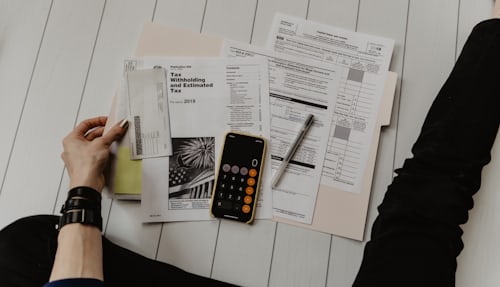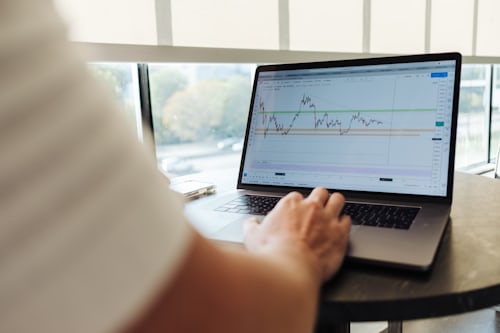Order Types & Species Explained - How to Manage Positions
With the proliferation of digital technology and the internet, many investors are choosing to buy and sell shares for themselves online, rather than paying advisors high commissions to execute trades. However, before you can start buying and selling shares, it is important to understand the different types of orders and when they are appropriate.
In this article, we cover the basic types of market orders and how they complement your investment style.
Market order vs. limit order
The two main types of orders that every investor should know about are the market order and the limit order.
Market orders
A market order is the most basic type of trade. It is an order to buy or sell immediately at the current price. If you want to buy a share in Exness mt4, you usually pay a price that is equal to or close to the published ask price. If you want to sell a share, you get a price that is equal or close to the published bid.
It is important to remember that the last traded price is not necessarily the price at which the market order will be executed. In fast-moving and volatile markets, the price at which you actually execute the order (or have it executed) may differ from the last traded price. The price will only remain the same if the bid/ask price is exactly the same as the last traded price.
Note: Market orders do not guarantee a price, but they do guarantee immediate execution of the order.
Market orders are popular with individual investors who want to buy or sell a share without delay. The advantage of using market orders is that the trade is guaranteed to be executed; in fact, it is executed as soon as possible. Although the investor does not know the exact price at which the share will be bought or sold, market orders are likely to be executed close to bid/ask prices for shares that are traded over tens of thousands of shares per day.
Limit Orders (Limit Orders)
A limit order, sometimes called a pending order, allows investors to buy and sell securities at a specific price in the future. This type of order is used to execute a trade when the price reaches the predefined level; the order is not executed if the price does not reach this level. In effect, a limit order sets the maximum or minimum price at which you are willing to buy or sell.
For example, if you wanted to buy a share at 10 euros, you could enter a limit order for that amount. This means that you would not pay a cent more than 10 euros for that particular share. However, it is still possible that you could buy it for less than the 10 euros per share specified in the order.


